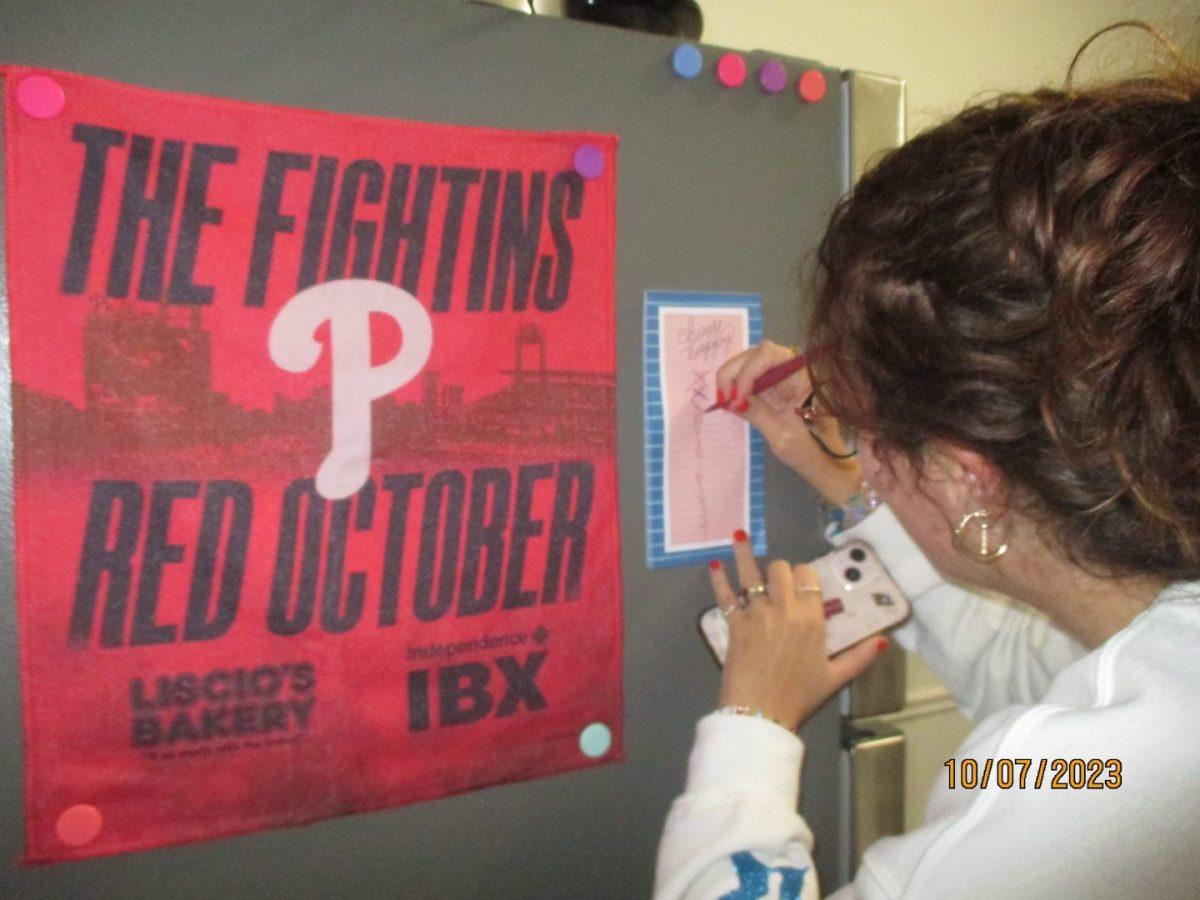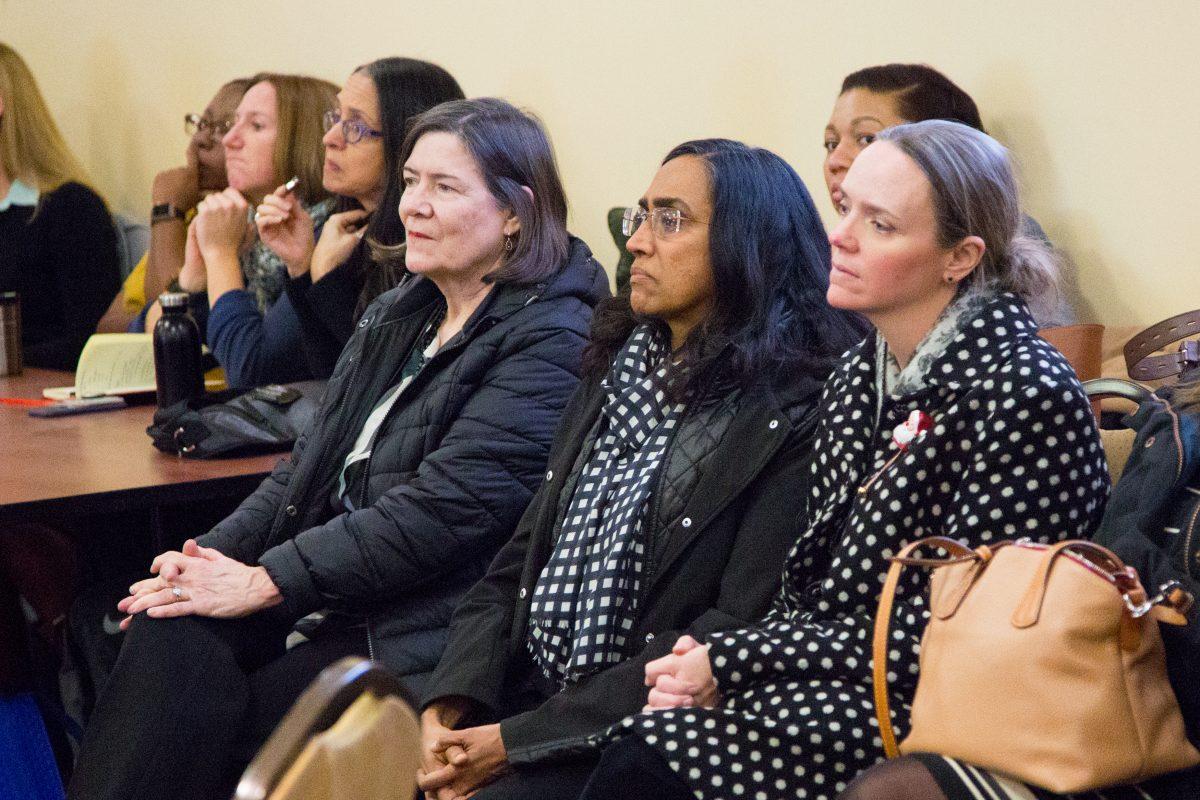Members of University Student Senate (USS) and Black Student Union (BSU) met on Feb. 13 with members of the president’s task force regarding the current state of inclusion and diversity on campus.
Jill Bodensteiner, director of athletics, Dan Joyce, S.J., executive director of Mission Programs, Shaily Menon, Ph.D., dean of the College of Arts and Sciences, and Wadell Rid- ley, assistant vice president for government and community relations, were appointed to the task force, according to a Jan. 17 email from University President Mark C. Reed.
Adam Mullin ’20, student senator, Jason D’Antonio ’19, USS president, and Milan Mor- ris ’19, BSU co-president, were at the meeting as representatives of the student body.
“Our goal was to see where the task force stood and where they wanted to go,” Mullin said. “[We looked at] the concerns students have laid out, so there is mutual understanding between us as student leaders and the four leaders of the task force. There is clarity to what the student sentiment was and then on the administrative end, how they can process that and begin to work with it.”
In the email to the university community, Reed explained the purpose and objectives of the task force.
“Given the current vacancy in the position of Chief Diversity Officer (CDO), who would usually serve in this role, this group will serve to fill that void,” Reed stated in the email. “Additionally, these individuals represent a cross-section of institutional perspectives and bring significant experience and insights, both internal and external, to Saint Joseph’s.”
According to D’Antonio, the group used the Student Action Plan created based on content brainstormed during a BSU and USS forum held last December in response to backlash against the handling of an incident of racial bias. That plan focused on ways to further inclusion and equity in the admin- istration, USS, Residence Life, Community
Standards, recruitment and admissions, and classroom life.
“Over the course of an hour, we went through each item of our Student Action Plan and discussed each in length,” D’Antonio said. “From there, we talked about relative stakeholders, the state of play, action items and general ways to create synergies rather than silos.”
Morris said ensuring both the student body and the task force were on the same page was a priority, and clarifying the meaning of the points of the action plan did just that.
“This will allow [the task force] to go further and have these conversations with differ- ent communities on campus like Residence Life and in the classrooms,” Morris said.
For Bodensteiner, the main question for the task force is how the group can continue the work already being done by student and administrative groups to further promote diversity and inclusion on campus. This happens by identifying the groups involved and the resources needed.
“This being the first tangible thing that people are seeing, I think it’s a great first step,” Bodensteiner said.
Both Bodensteiner and Morris said that one of their goals is to make campus a more comfortable place for students.
“I feel having this task force will be a great step towards that as they are able to be another voice for our student body,” Morris said. “I am hoping that our task force is able to speak to all parties of our community in order to work with them to create better ways to move closer to a more inclusive and diverse community.”
The next meeting is planned for after spring break.
Bodensteiner said she is impressed with the work students have already done but knows systemic change will be a longer process.
“The important thing we talked about was that we can’t make the campus a more comfortable place from checking a box,” Bodensteiner said. “It has to come organically.”
Ana Faguy ’19 contributed to this article.















































